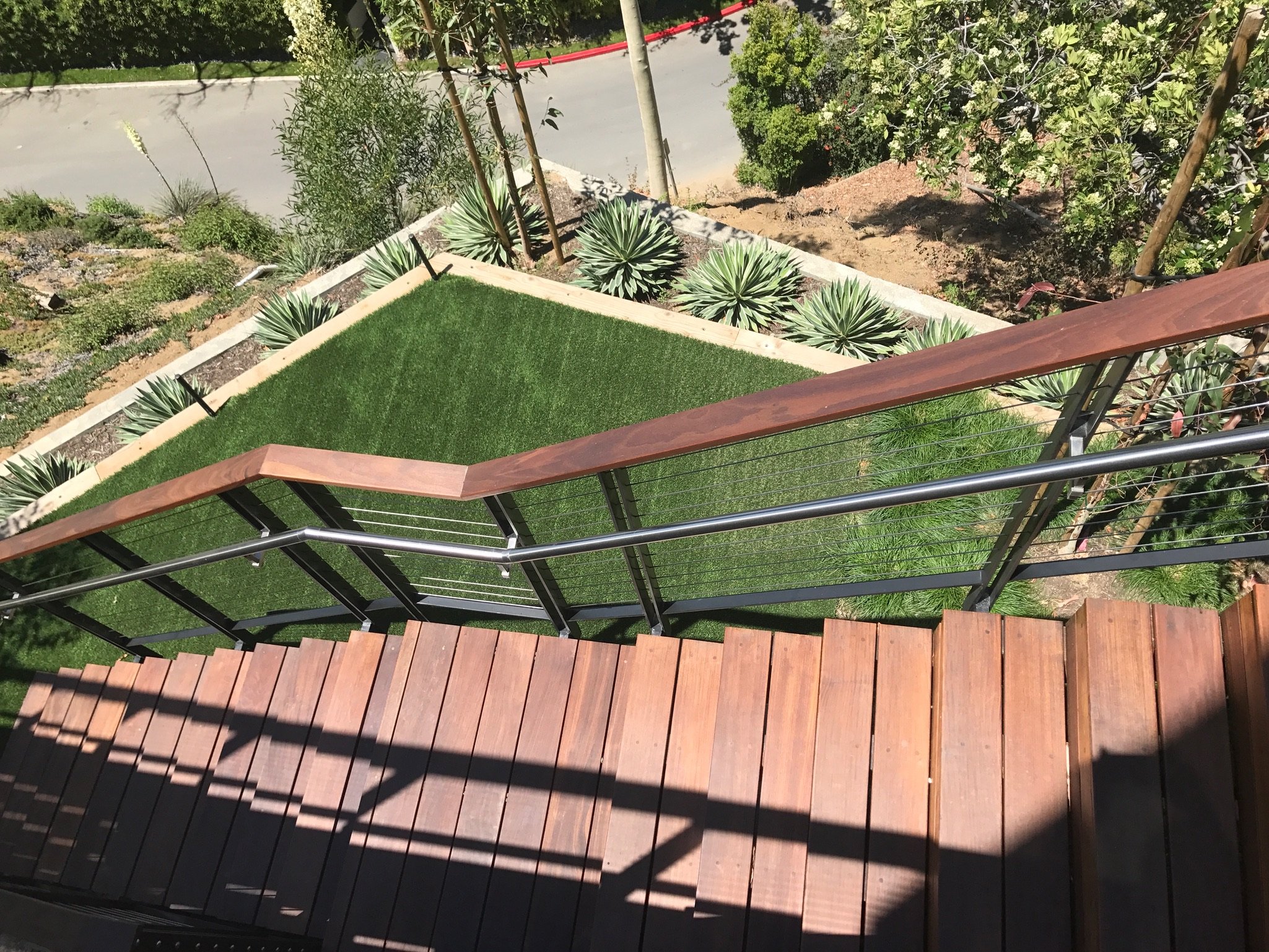Fire Resistant Homes Part 2
Photo Credit: SK Staff
Fire Resistant Homes Part 2
by Abeer Sweis
September 2, 2022
by Abeer Sweis
September 2, 2022
This week we share a few things that involve the home surroundings.
Fire-resistant landscaping and water features can serve as additional protection around your home. The water from your pool and spa can also be used to help extinguish the fire.
If you are building a new home and have options of where to place your home footprint, siting your home back from the edge of a hillside will not compromise your view but will give you the space needed to build a firebreak.
Decks can be covered on both the top and underside with non-combustible materials, such as stone and fiberglass panels. Steel and concrete also allow us to build beautiful attachments that are significantly more fire-resistant.

